After my brief visit the afternoon before, I thought a full day could be spent along the Cooks River photographing the birds. This time I started by visiting the Boat Harbour and the Dog Area near Canterbury, then to the Cup and Saucer Creek Wetlands. Then I cycled down the river to Tempe and visited the Tempe Wetlands. Then more cycling to the Landing Lights Wetland at Barton Park. On the way back I stopped at Cahill Park to photograph some feeding Pelicans and Cormorants.
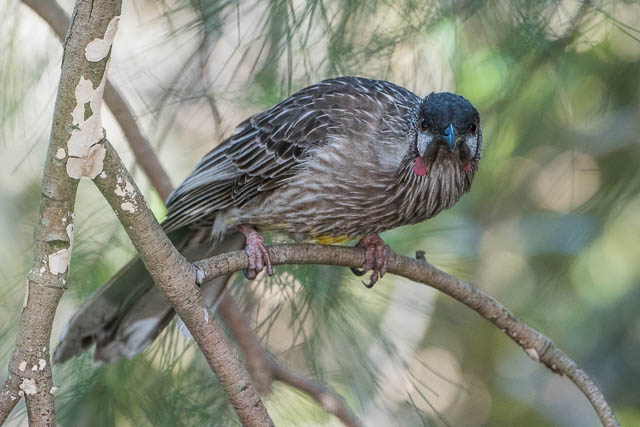
At the Dog Area, I photographed the Tawny Frogmouths again –
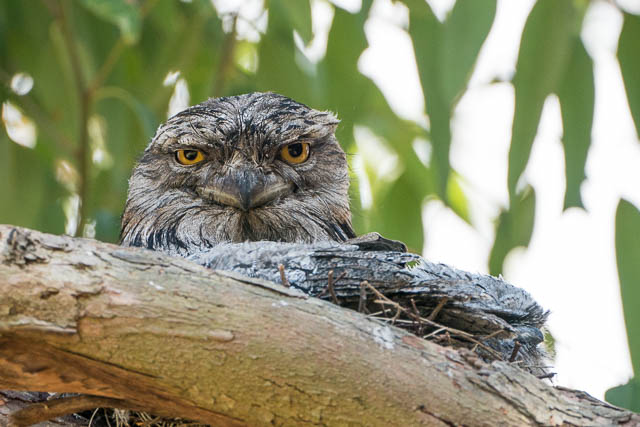
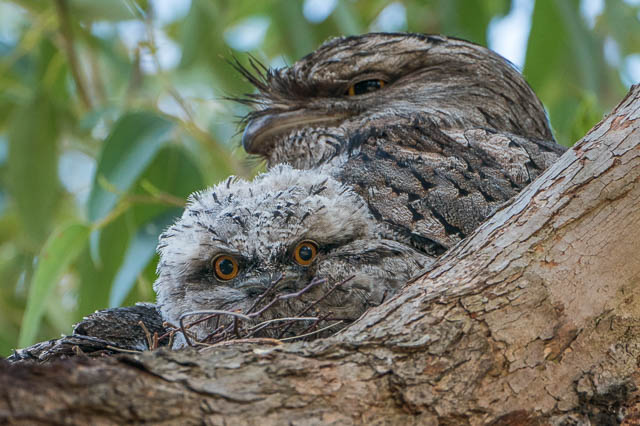
And some of the Ibis nearby at Ewan Park –
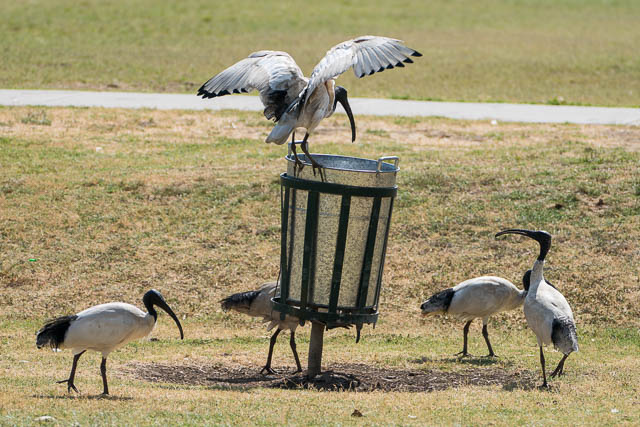
And here is a Willie Wagtail near Tempe Station –
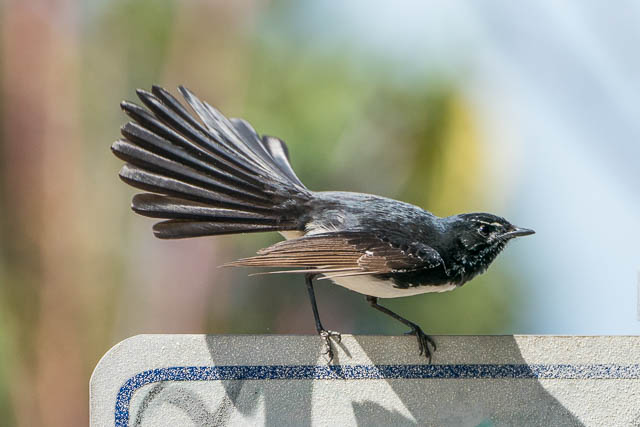
At Tempe Wetlands, the topmost of the three pools is completely dry. The lower pool is also very low. Because of dry conditions a number of Ibis have moved into the middle pool. There is still a Spoonbill in the middle pool. It was also interesting to talk to two visitors from Britain. They said they make regular visits to Sydney to see their daughter and while here, visit a number of bird areas including the Tempe Wetlands.
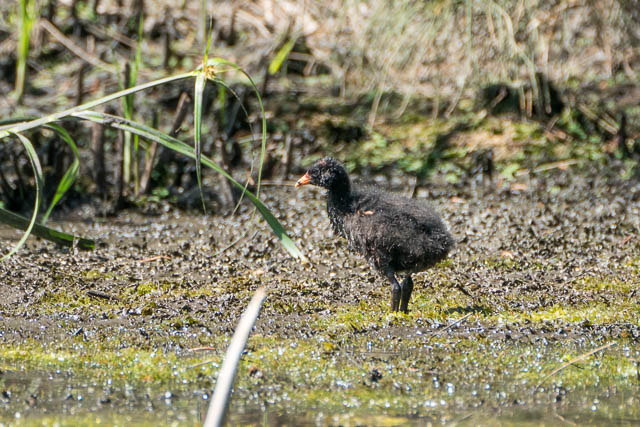
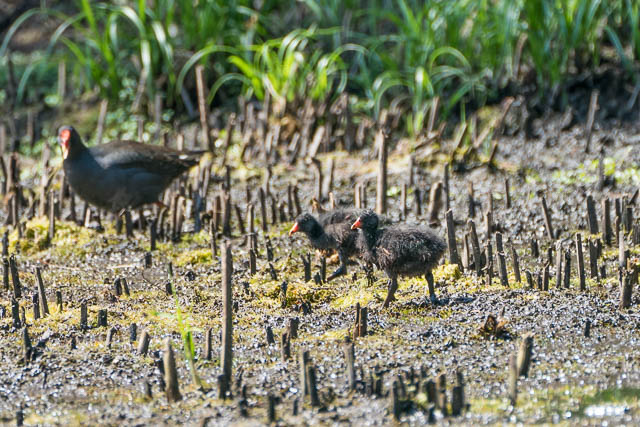
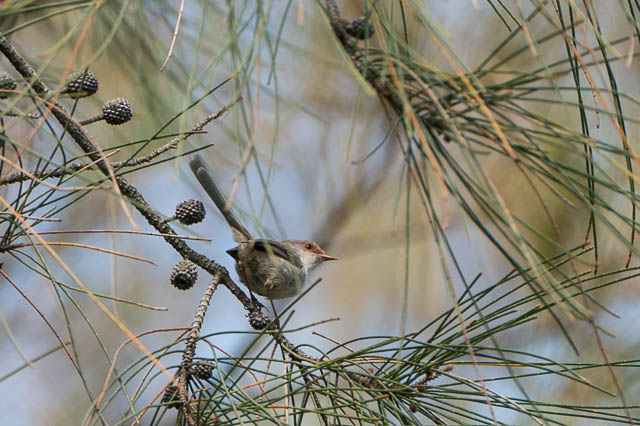
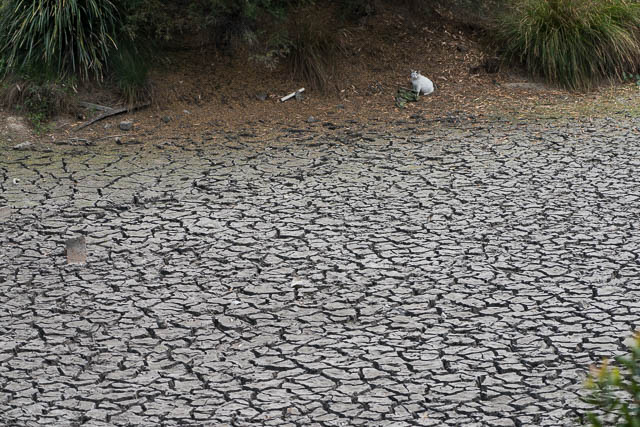
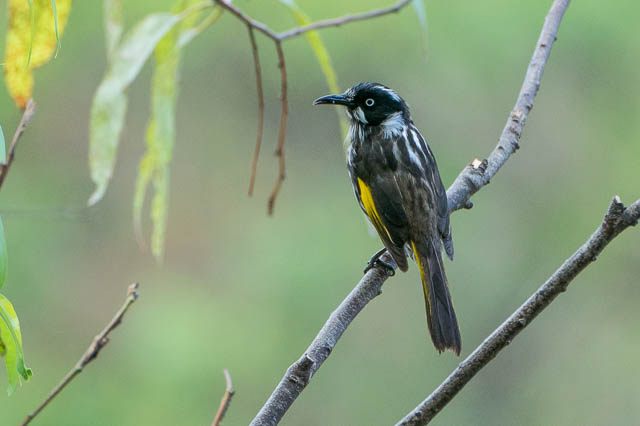
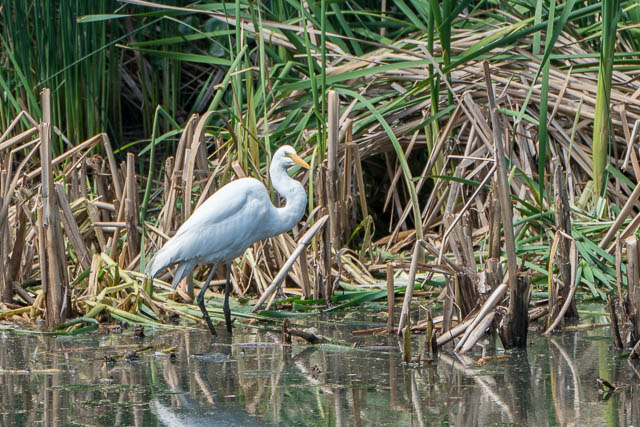
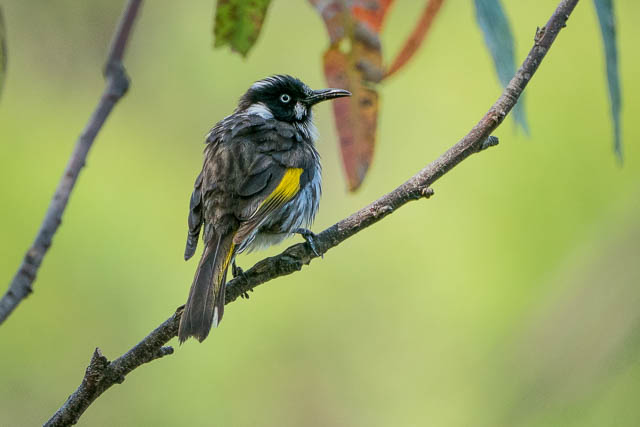
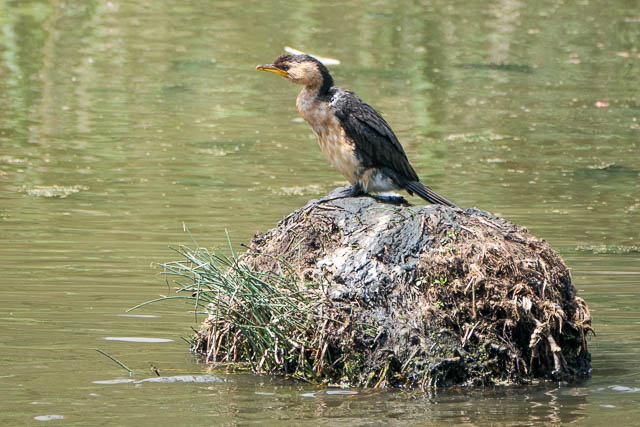
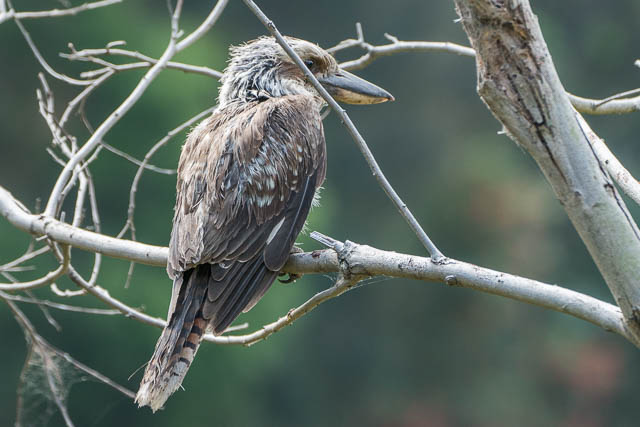
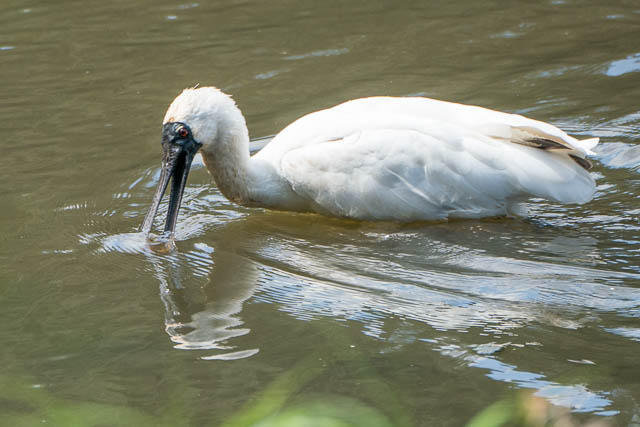
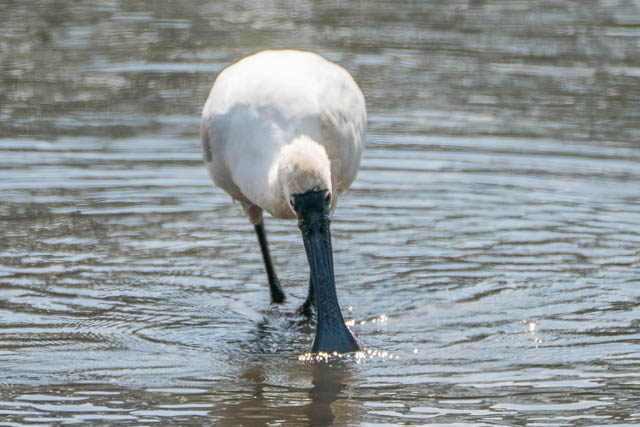
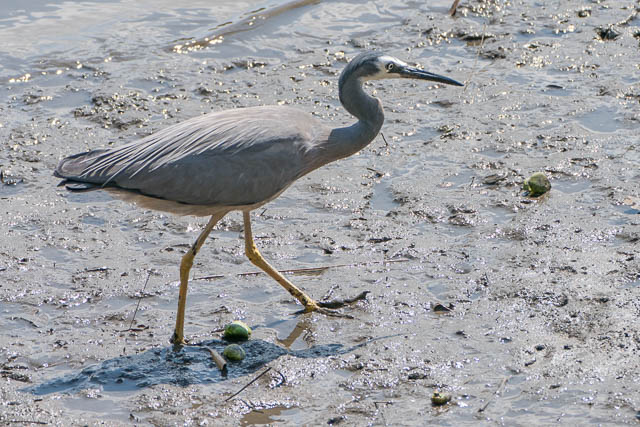
Also, while at Tempe, I spent a fair bit of time looking to see if I could spot the bird of prey (Osprey?) that I had seen on a previous visit while near the airport. No luck. So I moved off and cycled down to the Landing Lights Wetland. These too were very dry and perhaps a lot of the birds have moved on. Only some stilts and a few teal in the main pool –
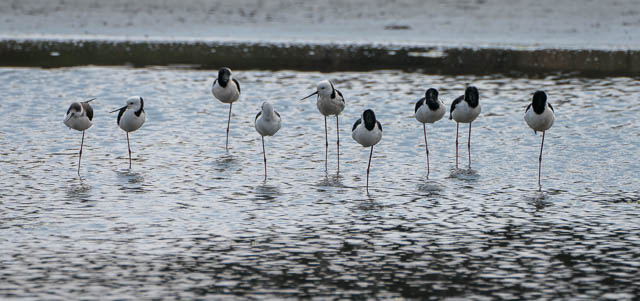
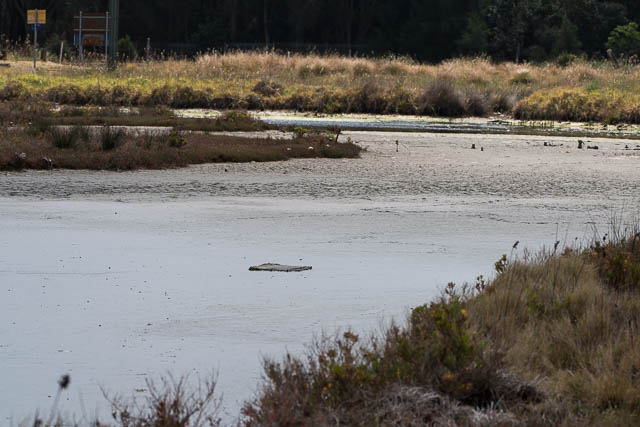
Cycling back home, I stopped at Cahill Park. The tide in the river was lowering and a number of Pelican and Cormorants were in a small area. A lot of diving was going on, so I investigated. I assume that the falling tide was trapping a lot of fish in an area and the birds were enjoying all the food on offer.
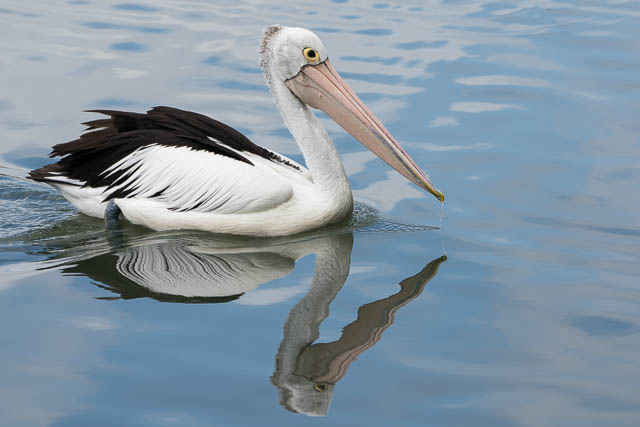
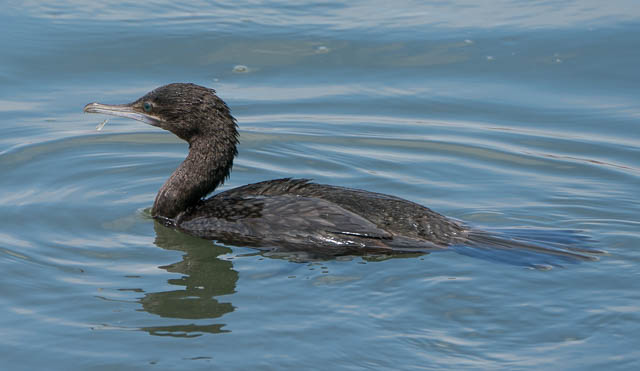
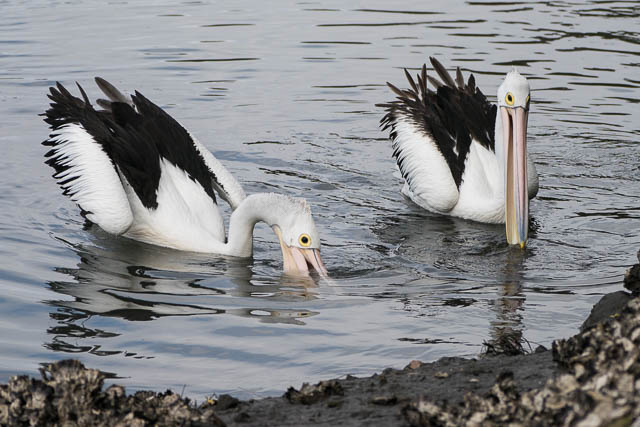
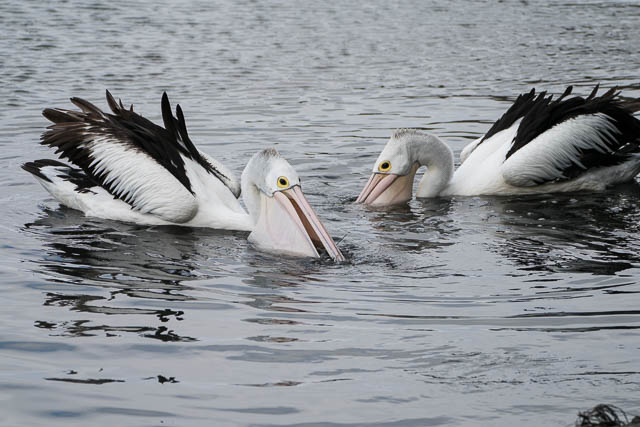
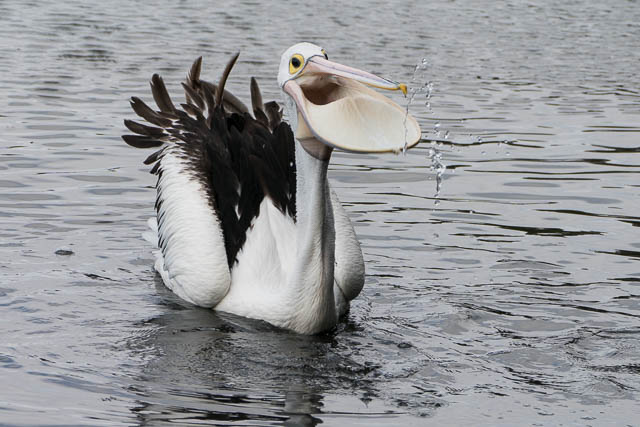
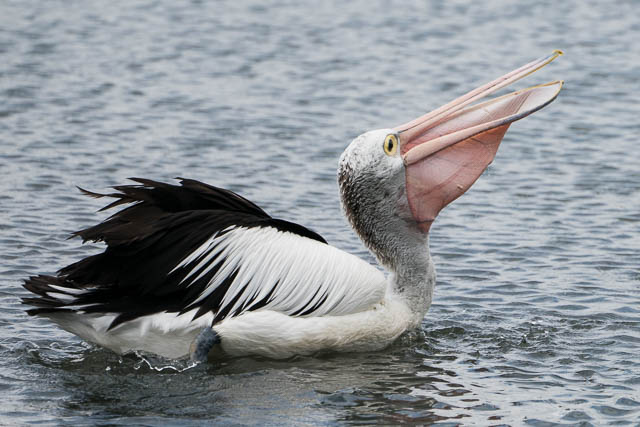
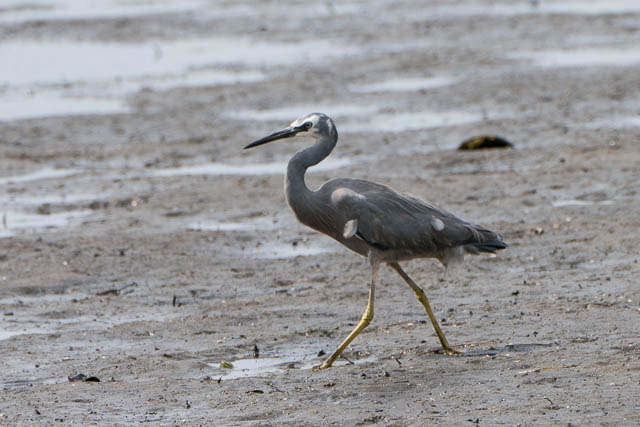

David, thank you for capturing the beauty of the bird life in our area. We live close to the wetlands in Arncliffe and we observe a constant threat to these birds from pollution and development. Your photographs capture the significance of the area and the importance of protecting their habitat.